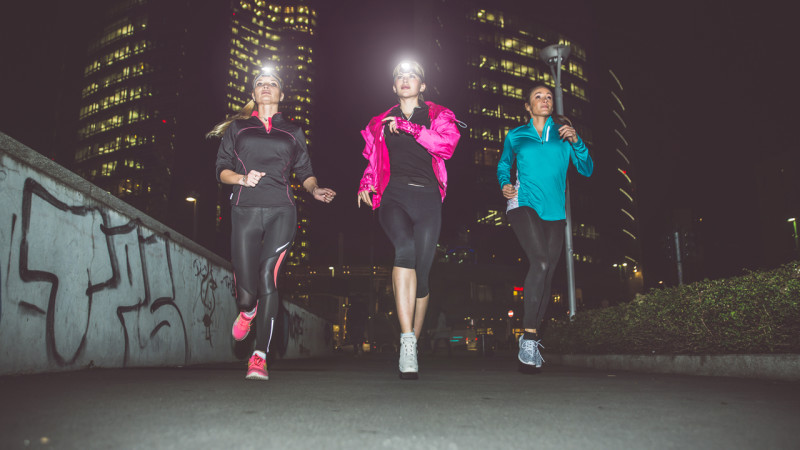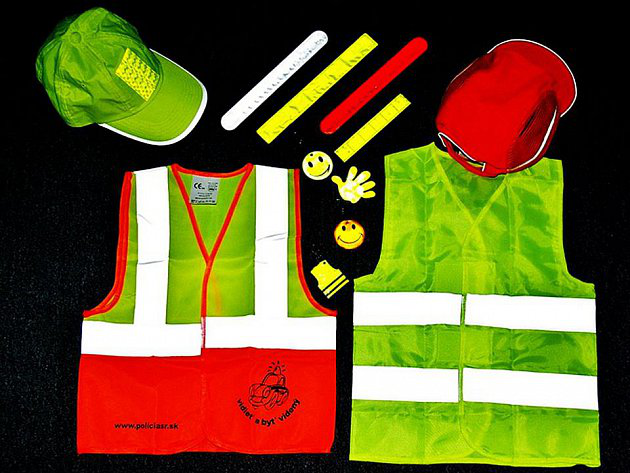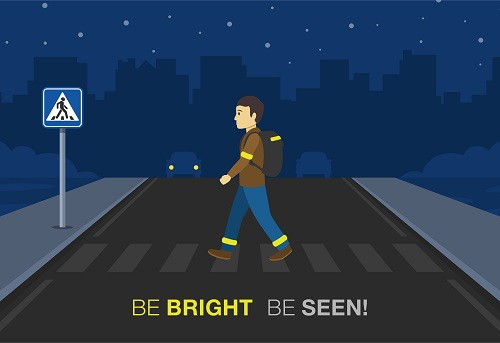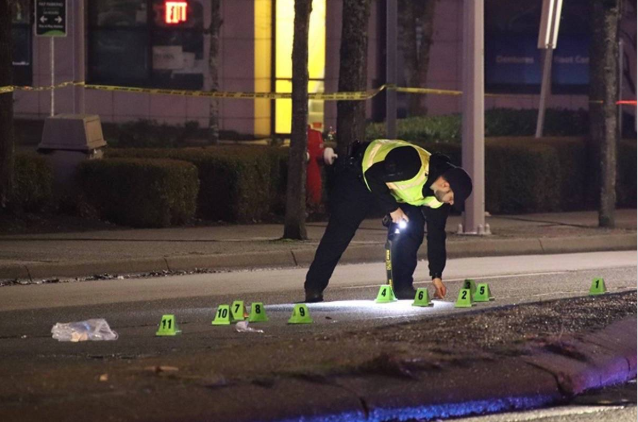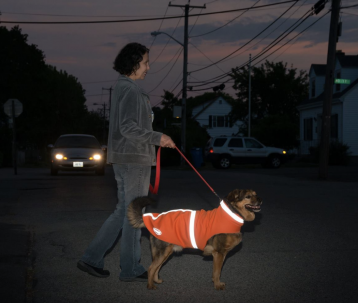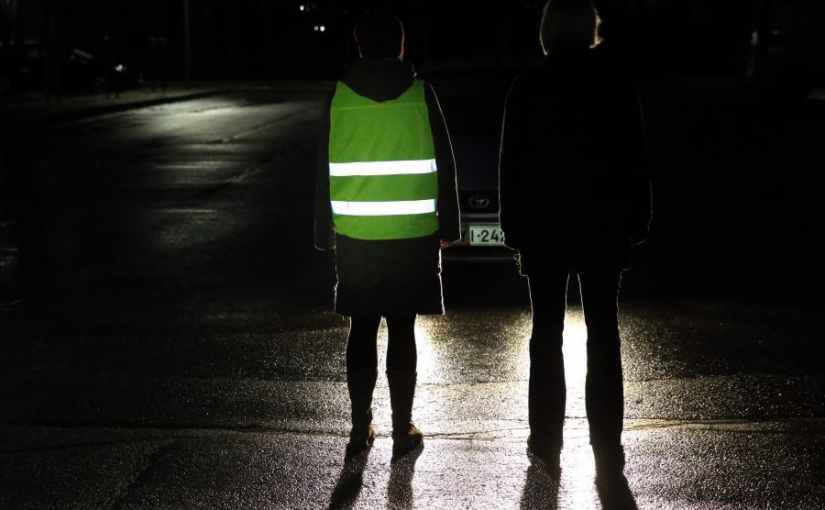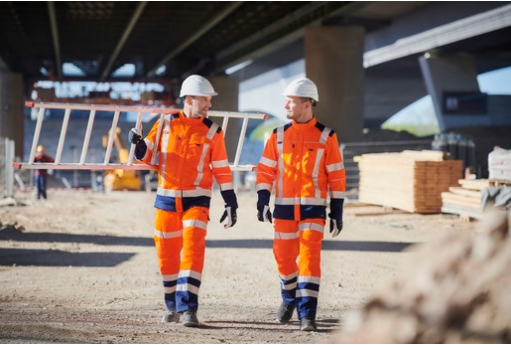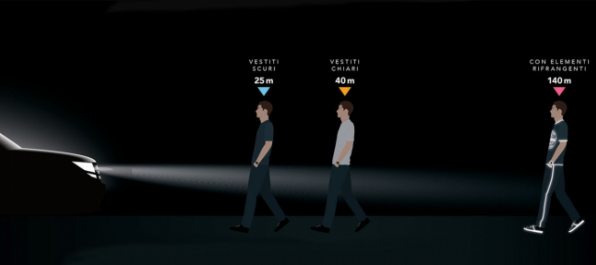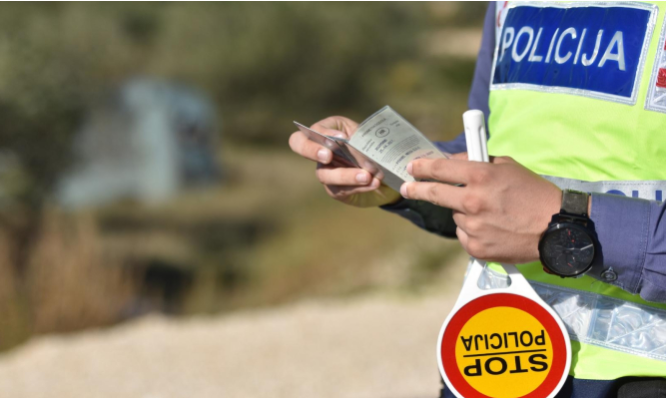Police Chief Andrew Caggiano wanted to remind residents of some safety tips for riding bicycles and walking along township roads as they get out of their homes to enjoy some fresh air and get a break from self-isolation during the COVID-19 crisis.
Bicycling:
Any person riding a bicycle on the street must use the right side of the road.
Follow the rules of the road, as if you are driving a car.
Always wear a helmet.
Wear bright, reflective clothing with reflective fabric.
Avoid wearing headphones, at least not in both ears.
Slow down at intersections.
Look drivers in the eye when a potentially dangerous situation might ensue; be sure they see you.
Be predictable, and signal your turns.
Always look behind you or in a mirror before veering/swerving left into the lane of traffic.
Do not ride on the sidewalk.
Wave your arms if you are unsure of your visibility, especially at intersections or with cars turning right, into your lane.
Ride defensively, as if every driver is on a cell phone, not paying attention, or on drugs, and never give a driver the benefit of doubt.
Pedestrians, including runners, should follow these safety tips:
Run against traffic so you can observe approaching automobiles. By facing on-coming traffic, you may be able to react quicker than if it is behind you. Utilize sidewalks when available.
Look both ways before crossing. Be sure the driver of a car acknowledges your right-of-way before crossing in front of a vehicle. Obey traffic signals.
Carry identification or write your name, phone number, and blood type on the inside sole of your running shoe. Include any medical information.
Always stay alert and aware of what’s going on around you. The more aware you are, the less vulnerable you are.
Carry a cell phone.
Wear reflective material if you must run before dawn or after dark. Avoid running on the street when it is dark.
DON’T WEAR HEADPHONES. Use your ears to be aware of your surroundings. Your ears may help you avoid dangers your eyes may miss during the evening or early morning runs.
Have fun and be safe!
